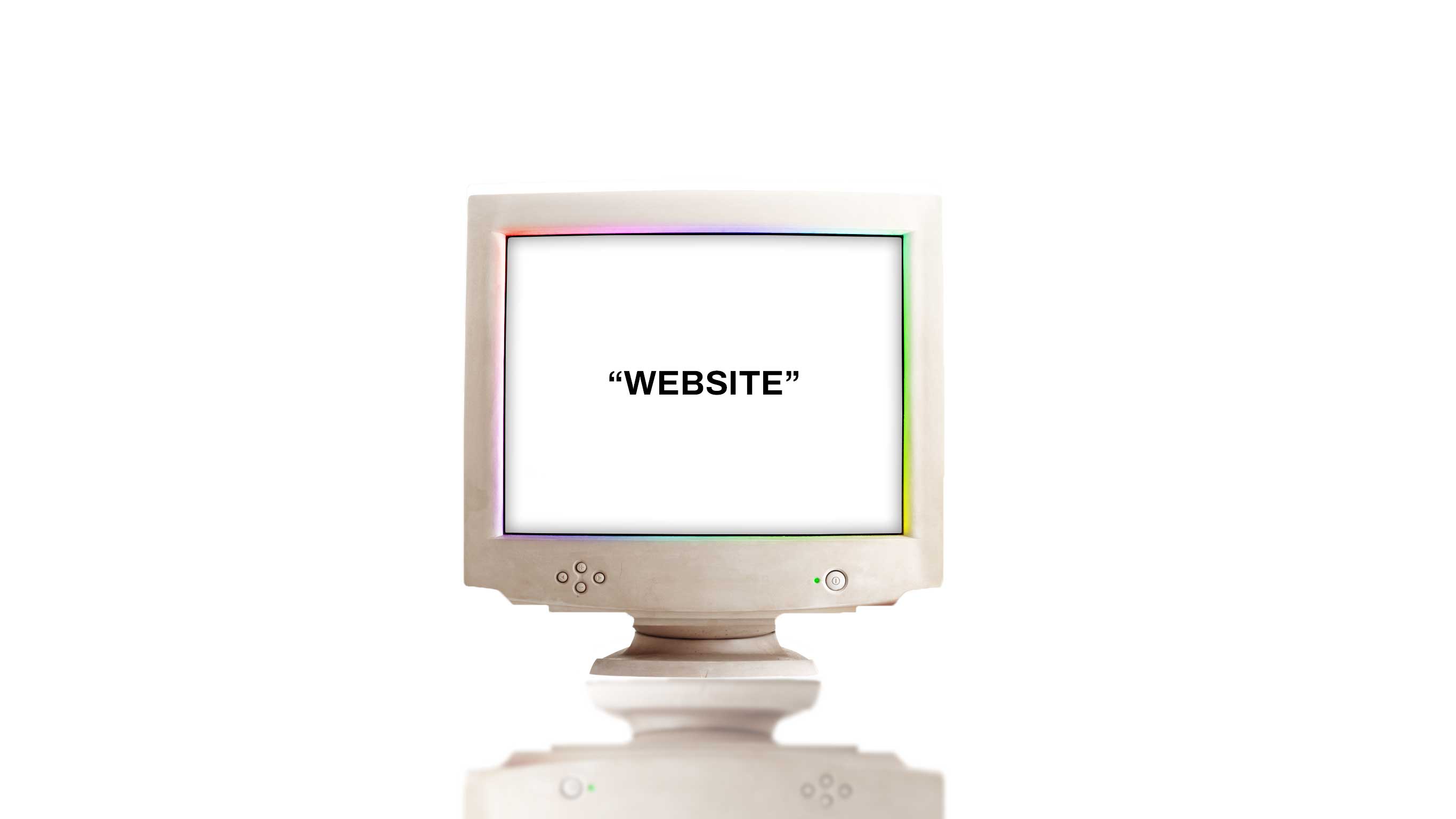How we helped a client turn their outdated website into a modern, user-friendly platform that drives results.

July 28, 2025

Our client needed more than a facelift—they needed a digital refresh that reflected who they’d become. Their outdated website no longer represented their evolving brand, and usability issues were creating friction for visitors. This case study walks through how we transformed their site into a clean, modern, and user-first experience.
During our kickoff session, we explored their challenges, objectives, and vision for the new site. Their goals were clear:
These insights helped us define a focused, user-centered roadmap.
We conducted a comprehensive audit of the existing site to understand what was working—and what wasn’t. Key issues included:
These problems became our starting point for improvement.
We reimagined the sitemap and page flow to simplify the user journey. Through low-fidelity wireframes, we mapped:
After client feedback and a few iterations, we moved into prototyping to validate layout logic and flow.
In the design phase, we brought the brand to life with:
The design stayed visually bold but purposefully minimal.
We developed the site in Webflow with performance and flexibility in mind:
We also added SEO-friendly meta tags, alt text, and semantic structure.
Before going live, we ran full QA checks:
Once everything was approved, we pushed the site live with zero downtime.
After launch, the client saw measurable improvements within weeks:
The redesign didn’t just meet expectations—it helped the brand grow with clarity and confidence.
A successful redesign isn’t about adding more — it’s about aligning better. By focusing on structure, branding, and performance, we delivered a website that truly works for the business and the people who use it.
© 2025 CREATIVEMODE STUDIOS. All Rights Reserved.